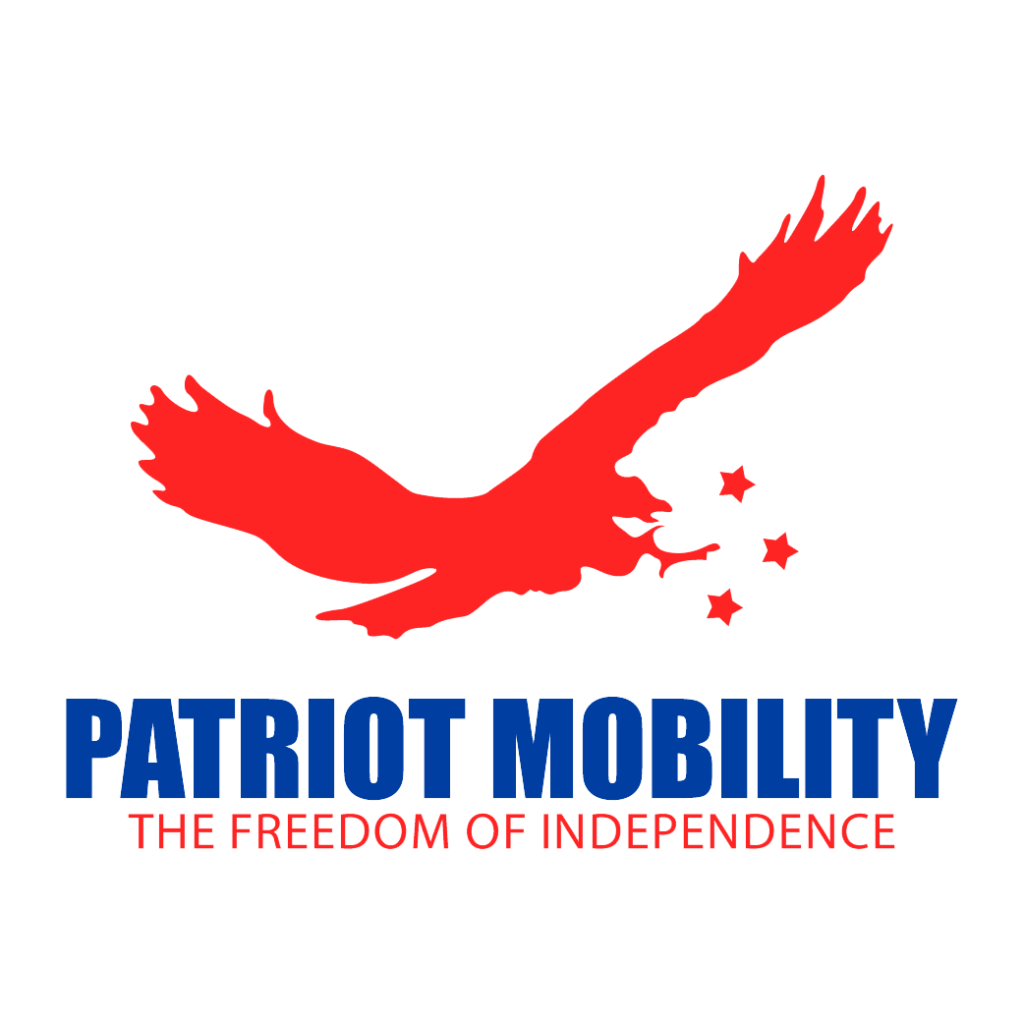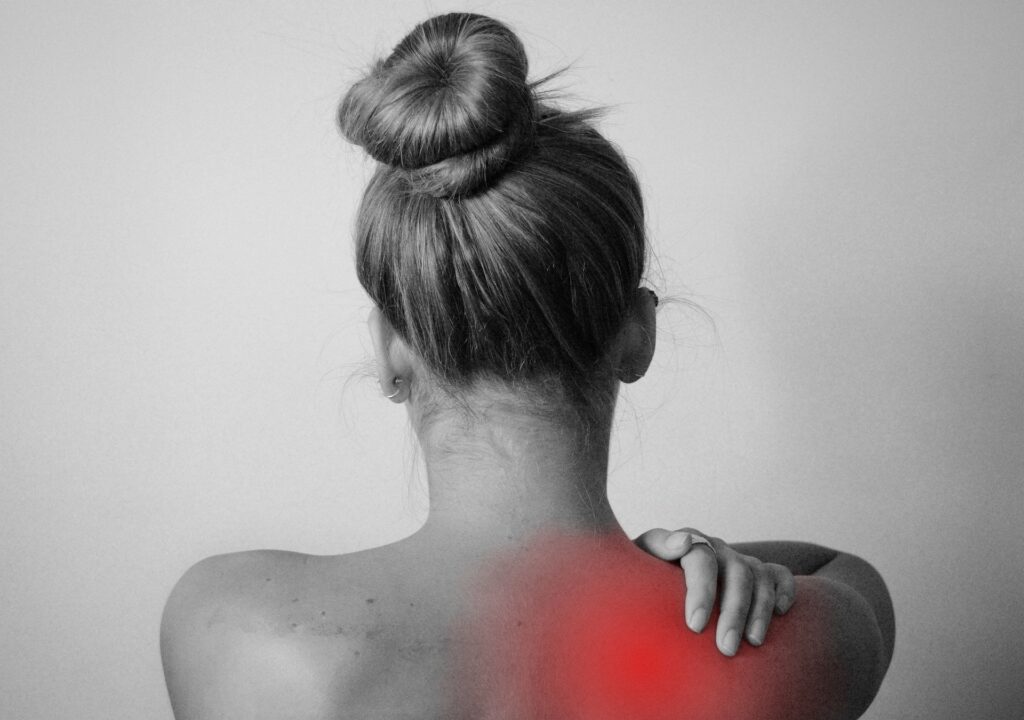Who can get Osteoporosis?
While the disease mainly affects older people, it is possible for just about anyone to develop Osteoporosis. If someone in your family suffered from a broken bone or fracture, then getting checked by your physician is a good step in the right direction. This is especially true if a family member suffered from a hip fracture. The appearance of a low bone density can also act as a sign for caution as the disease can target and lower bone density in the body. Osteoporosis also tends to affect more women than men on average. In addition women and the elderly lean towards a lower bone density. Share your family history with your doctor on how to combat low bone density.
Diseases such as Osteopenia can also increase the likelihood of developing osteoporosis. The difference between Osteoporosis and Osteopenia is osteopenia makes one’s bones weaker, however not as brittle as someone inflicted with Osteoporosis.
Disease Symptoms
One of the largest issues with Osteoporosis is the fact it can go undetected for an extended period of time. Symptoms will not show themselves until a bone is broken or fractured due to an injury. Intense back pain, spine deformations and brittle bones are attributed to the disease. Bones can break or fracture from the tiniest incidents such as missing a step and catching yourself or sometime lifting an object up.
- Height Loss
- Shortness of Breath
- Lower back pain
- Contorted Posture
Is Osteoporosis Genetic?
Yes however that is through the use of specific medication and depends on your doctor’s diagnosis. Otherwise, while the condition cannot be reserved it can certainly be halted. With these simple steps you can halt and, with the help of your doctor, even reverse your condition for a healthier bone density.
Getting a Screening
One of the most important things you can do is get a screening for your condition early on. A major factor in Osteoporosis being life-threating is the fact you may not know if you even have it. Knowing beforehand can help you plan on how to counteract and prevent Osteoporosis from ever reaching a critical stage. Even if you are diagnosed with the disease it can make your quality of life easier to manage. Talk to your doctor on what to do for a screening or take the initiative and take a risk assessment prior to a doctor visit. These screenings are done through x-rays that check for bone mass. The cdc also recommends using the FRAX Risk Assessment Tool, which informs you if you need to be screened for Osteoporosis.
Healthy Dieting and Hobbies
If you are diagnosed with Osteoporosis, then the next best thing to do is create a daily routine that increases bone density and relieves excess stress on your body. Eating a healthy diet consisting of calcium and vitamin D can strengthen your bone density. Regular amounts of exercise can also benefit you and lower the risks of developing weakened bones. Unhealthy habits such as drinking and smoking can have a negative impact on your condition besides the other negative side effects associated with those activities. Limiting those hobbies can lessen the burden on your body.
Managing Medications and Conditions
Some medical conditions can enhance the affects of Osteoporosis or increase the risk of contracting the disease. Diseases like certain cancers, arthritis, autoimmune illnesses and hormonal diseases do negatively impact your condition. Even certain medications you may take for another condition can affect your likelihood of developing Osteoporosis. If you take any kinds of long term medications consult with you doctor on how to lower your chances of Osteoporosis while still taking your needed medication.
Making a Safer Environment
As mentioned before, lessening the strain on your body is a big plus for a positive quality of life. Sometimes having assistive technology can greatly benefit you since it can make daily tasks much easier to handle, protects your body and gives you a sense of relief. Luckily, there is a multitude of medical equipment that can help you improve your lifestyle. For example a stair lift can help you go between floors of your home without the strain and worry of climbing up/down. If you need to travel regularly, then a power scooter or accessible van can make your journey much easier to take. Other mobility products that can aid you in getting around include
Fall Prevention
The most dangerous contributor to broken bones among older populations is falling in or out of the home. Since bones are weaken due to Osteoporosis, a small fall is all it takes for you to experience a serious injury. As mentioned above, making your home a safe environment is crucial to fall prevention and using medical equipment to help you get around such as a power wheelchair or something as simple as a cane can drastically improve the safety of your daily routine.



